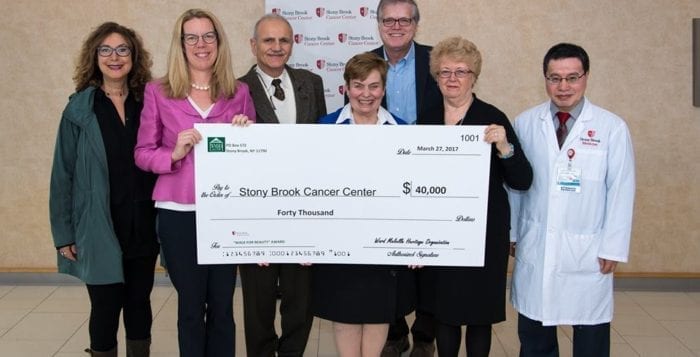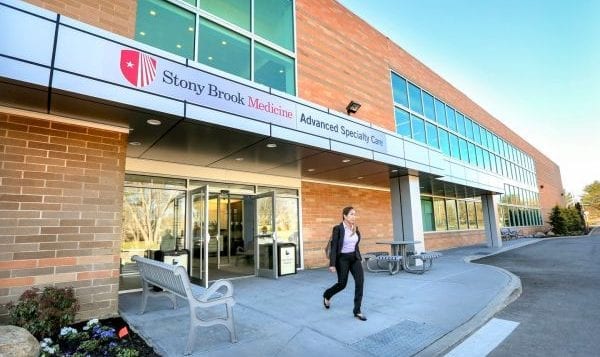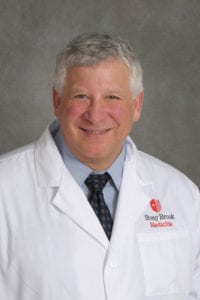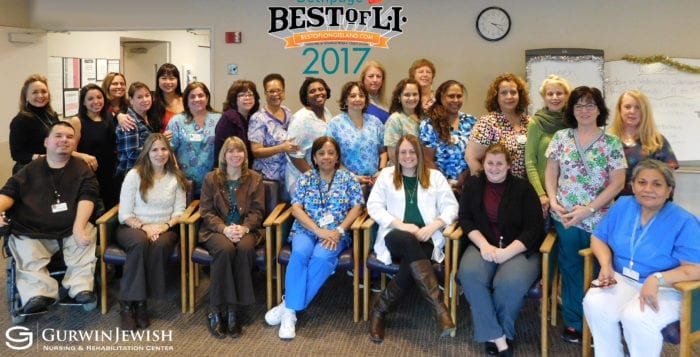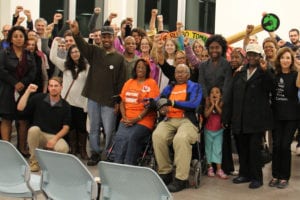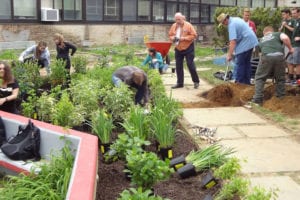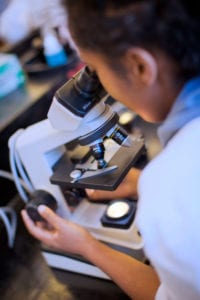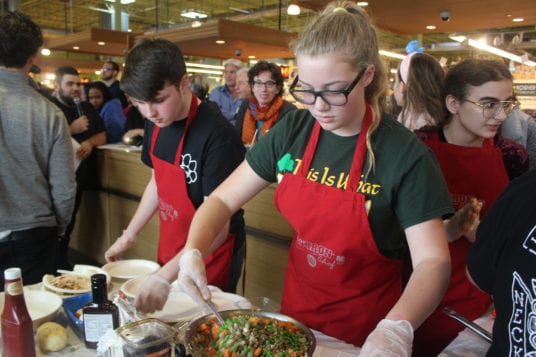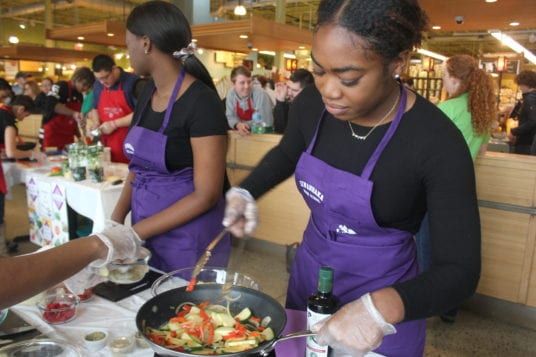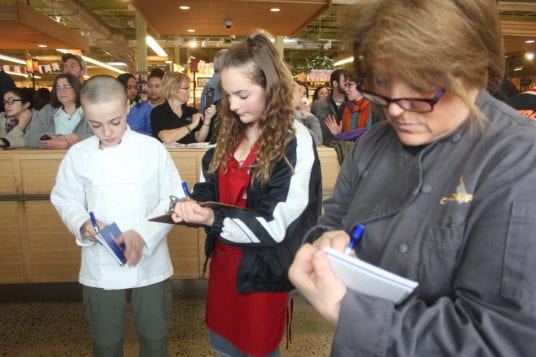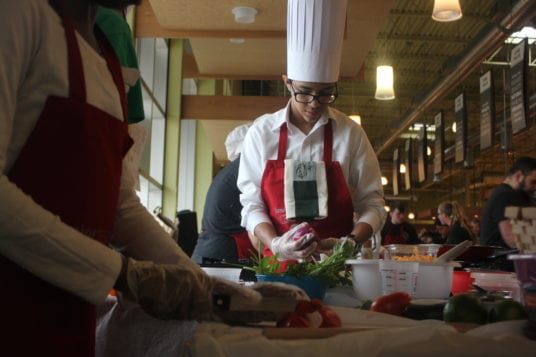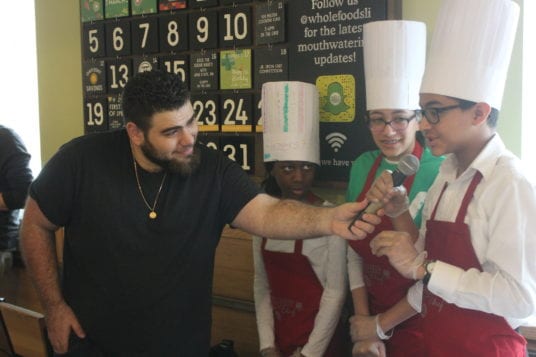Sedentary lifestyle increases risk in the young
By David Dunaief, M.D.

First, the good news: We have made great strides in reducing mortality from heart attacks. When we compare cardiovascular disease — heart disease and stroke — mortality rates from 1975 to the present, there is a substantial decline of approximately one-quarter. However, if we look at these rates since 1990, the rate of decline has slowed (1).
Plus, one in 10 visits to the emergency room are related to potential heart attack symptoms. Luckily, only 10 to 20 percent of these patients actually are having a heart attack (2). We need to reduce our risk factors to improve this scenario.
Some risk factors are obvious, while others are not. The obvious ones include age (men at least 45 years old and women at least 55 years old), family history, high cholesterol, high blood pressure, obesity, sedentary lifestyle, diabetes and smoking. Less obvious risk factors include gout, atrial fibrillation and osteoarthritis. Lifestyle modifications, including a high-fiber diet and exercise, also may help allay the risks.
Let’s look at the evidence.
Obesity
On a board exam in medicine, if smoking is one of the choices with disease risk, you can’t go wrong by choosing it. Well, it appears that the same axiom holds true for obesity. But how substantial a risk factor is obesity? In the Copenhagen General Population Study, results showed an increased heart attack risk in obese
(BMI >30 kg/m²) individuals with or without metabolic syndrome (high blood pressure, high cholesterol and high sugar) and in those who were overweight (BMI >25 kg/m²) (3). The risk of heart attack increased in direct proportion to weight. Specifically, there was a 26 percent increase in heart attack risk for those who were overweight and an 88 percent increase in risk for those who were obese without metabolic syndrome. This study had a follow-up of 3.6 years.
It is true that those with metabolic syndrome and obesity together had the highest risk. But, it is quite surprising that obesity, by itself, can increase heart attack risk when a person is “metabolically healthy.” Since this was an observational trial, we can only make an association, but if it is true, then there may not be such thing as a “metabolically healthy” obese patient. Therefore, if you are obese, it is really important to lose weight.

Sedentary lifestyle
If obesity were not enough of a wake-up call, let’s look at another aspect of lifestyle: the impact of being sedentary. A recent observational study found that activity levels had a surprisingly high impact on heart disease risk (4). Of four key factors — weight, blood pressure, smoking and physical inactivity — age was the determinant as to which one had the most negative effect on women’s heart disease risk. Those under the age of 30 saw smoking as most negatively impactful. For those over the age of 30, lack of exercise became the most dominant risk factor for heart disease, including heart attacks.
For women over the age of 70, the study found that increasing physical activity may have a greater positive impact than addressing high blood pressure, losing weight, or even quitting smoking. However, since high blood pressure was self-reported and not necessarily measured in a doctor’s office, it may have been underestimated as a risk factor. Nonetheless, the researchers indicated that women should make sure they exercise on a regular basis to most significantly reduce heart disease risk.
Osteoarthritis
The prevailing thought with osteoarthritis is that it is best to suffer with hip or knee pain as long as possible before having surgery. But when do we cross the line and potentially need joint replacement? Well, in a recent study, those with osteoarthritis of the hip or knee joints that caused difficulty walking on a flat surface were at substantially greater risk of cardiovascular events, including heart attack (5). Those who had surgery for the affected joint saw a substantially reduced heart attack risk. It is important to address the causes of osteoarthritis to improve mobility, whether with surgery or other treatments.
Gout
When we think of gout, we relate it to kidney stones. But gout increases the risk of heart attacks by 82 percent, according to an observational study (6). Gout tends to affect patients more when they are older, but the risk of heart attack with gout is greater in those who are younger, ages 45 to 69, than in those over 70. What can we do to reduce these risk factors?
There have been studies showing that fiber decreases the risk of heart attacks. However, does fiber still matter when someone has a heart attack? In a recent analysis using data from the Nurses’ Health Study and the Health Professional Follow-up Study, results showed that higher fiber plays an important role in reducing the risk of death after a heart attack (7). Those who consumed the most fiber, compared to the least, had a 25 percent reduction in post-heart attack mortality.
Even more impressive is the fact that those who increased their fiber after the cardiovascular event had a 31 percent reduction in mortality risk. In this analysis, it seemed that more of the benefit came from fiber found in cereal. The most intriguing part of the study was the dose-response. For every 10-g increase in fiber consumption, there was a 15 percent reduction in the risk of post-heart attack mortality. Since we get too little fiber anyway, this should be an easy fix.
Lifestyle modifications are so important. In the Nurses’ Health Study, which followed 120,000 women for 20 years, those who routinely exercised, ate a quality diet, did not smoke and were a healthy weight demonstrated a whopping 84 percent reduction in the risk of a cardiovascular event such as a heart attack (8).
What have we learned? We can substantially reduce the risk of heart attacks and even potentially the risk of death after sustaining a heart attack with lifestyle modifications that include weight loss, physical activity and diet — with, in this case, a focus on fiber. While there are a number of diseases that contribute to heart attack risk, most of them are modifiable. With disabling osteoarthritis, addressing the causes of difficulty with mobility may also help reduce heart attack risk.
References: (1) Heart. 1998;81(4):380. (2) JAMA Intern Med. 2014;174(2):241-249. (3) JAMA Intern Med. 2014;174(1):15-22. (4) Br J Sports Med. 2014, May 8. (5) Presented Research: World Congress on OA, 2014. (6) Rheumatology (Oxford). 2013 Dec;52(12):2251-2259. (7) BMJ. 2014;348:g2659. (8) N Engl J Med. 2000;343(1):16.
Dr. Dunaief is a speaker, author and local lifestyle medicine physician focusing on the integration of medicine, nutrition, fitness and stress management. For further information, visit www.medicalcompassmd.com or consult your personal physician.


